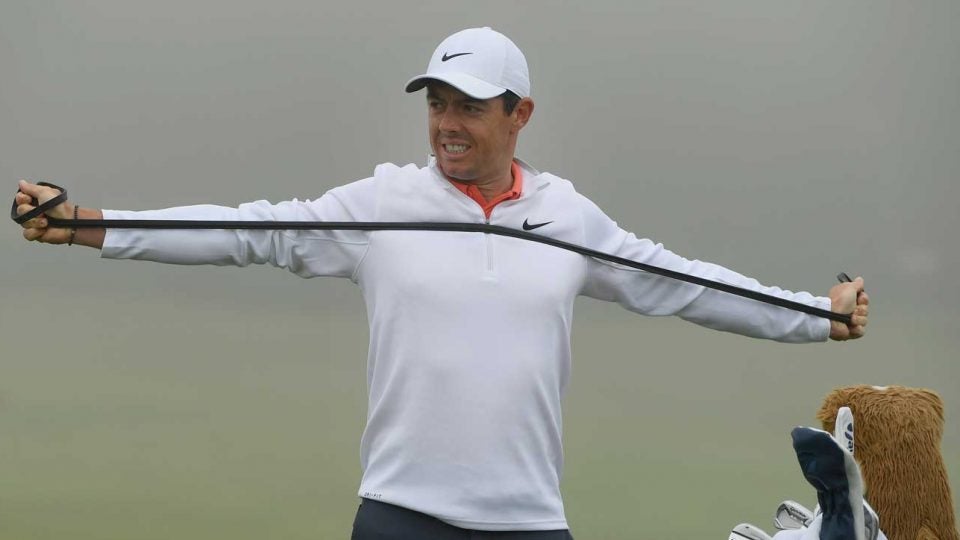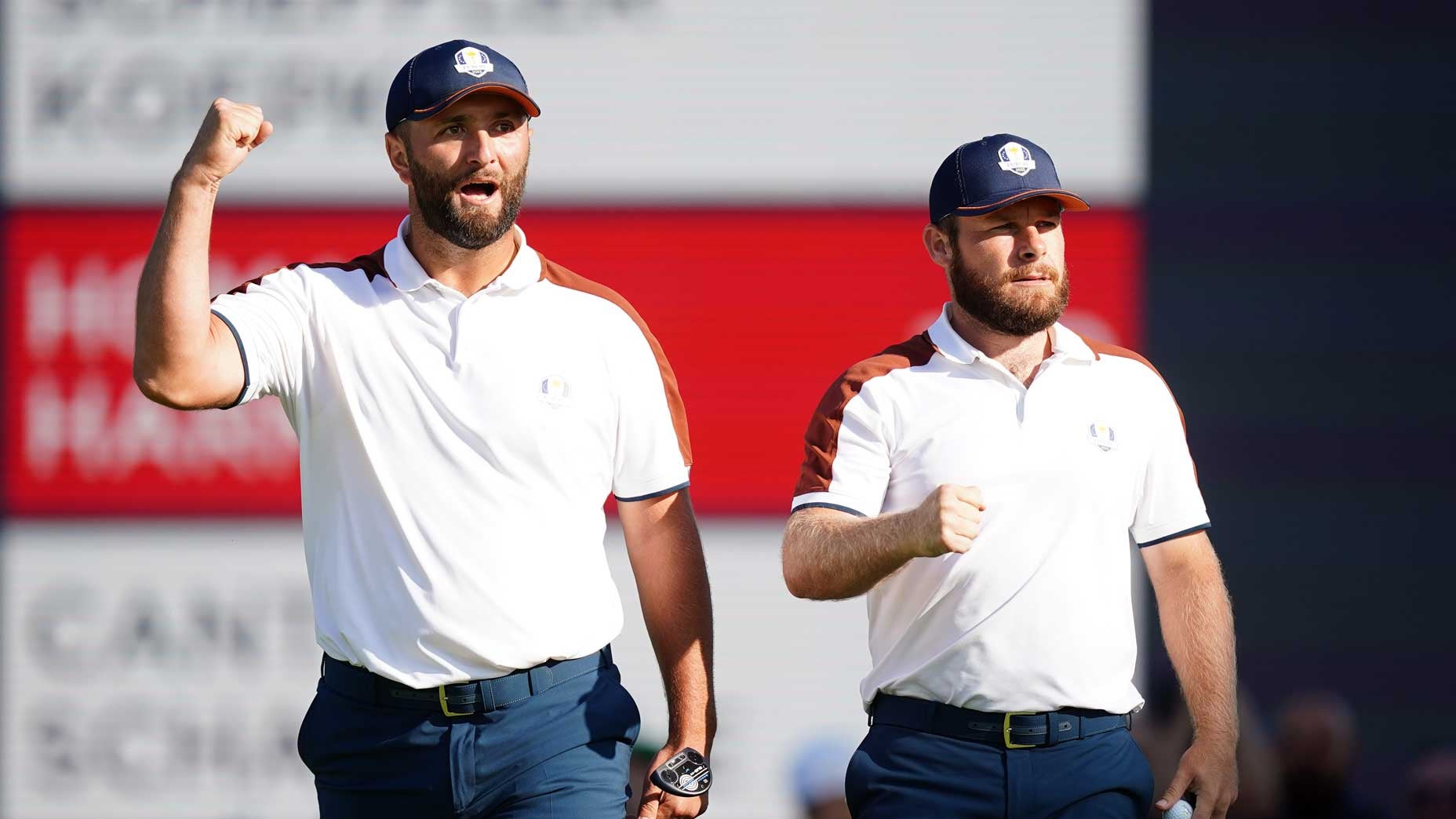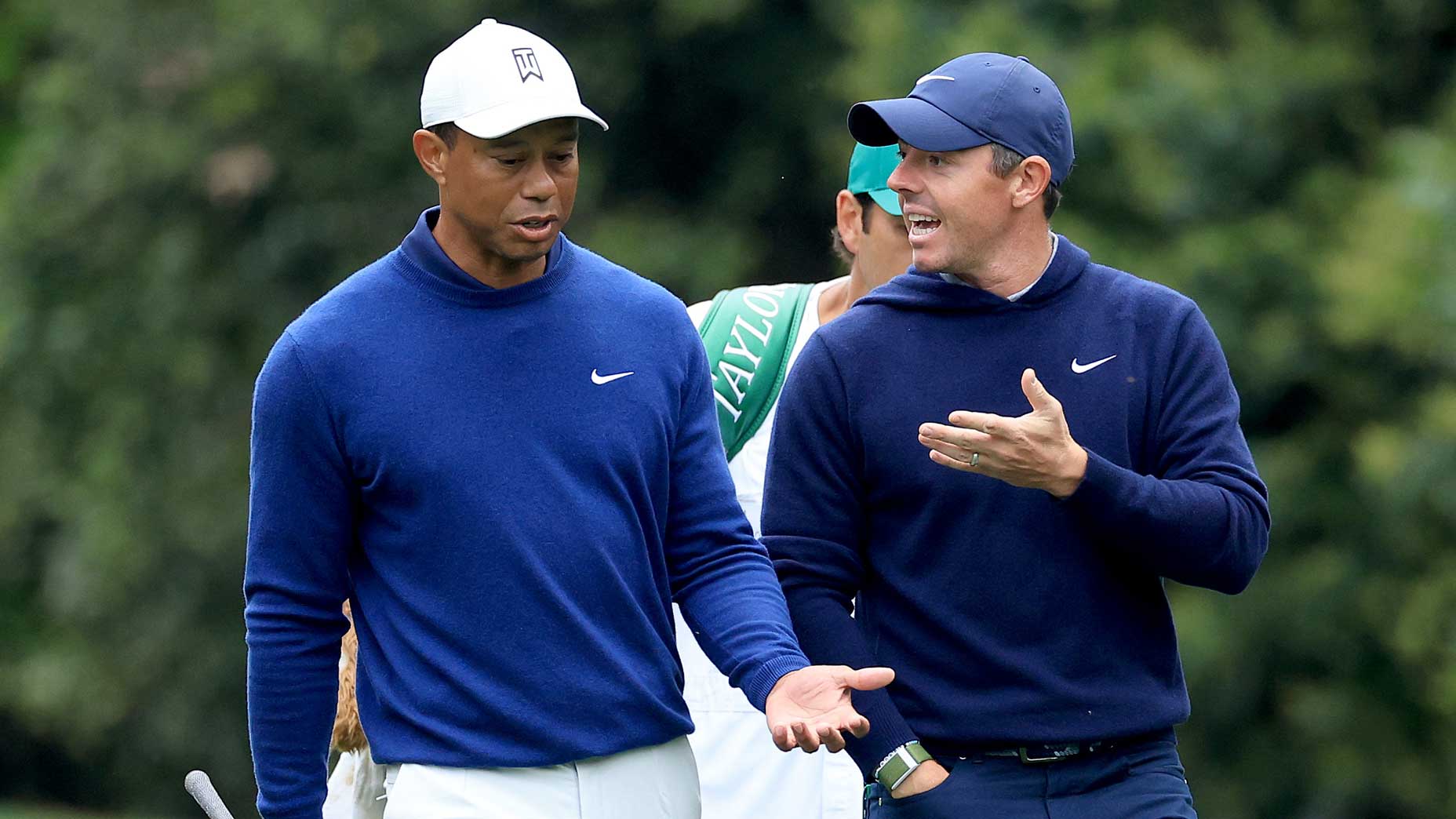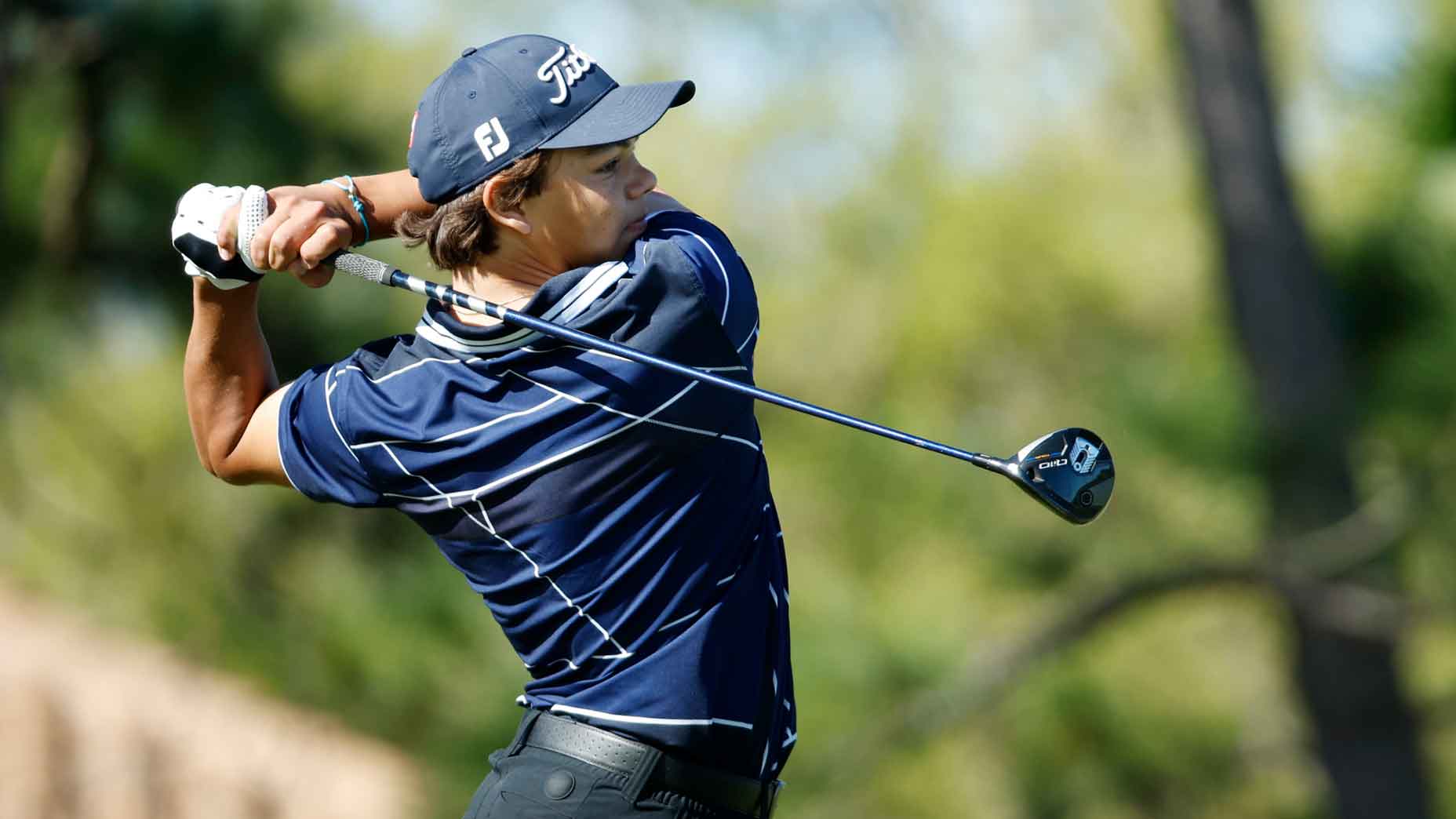Will Leitch is learning how to play golf, and will be documenting his progress with us every step of the way. Check out his initial column on what he hopes to learn.
I don’t play golf. In fact, I’ve actively avoided the game. But I’m willing to learn, especially if the instructor is Jon Tattersall, one of GOLF’s Top 100 Teachers. But it’s not exactly what I thought it was going to be. The key aspect of Tattersall’s training as a golf coach has nothing to do with the actual playing of golf. You don’t swing a driver, you don’t even touch a club. It’s all about, as he says, “physicality.” Specifically, my lack of it.
I like to think that I’m not a terrible athlete for a 43-year-old. I run 30 miles a week, I just finished a half-marathon in under 100 minutes, I’m able to make it up and down stairs without panting. The back barks every so often, and the midsection is a little softer than it was 15 years ago, but on the whole: I’m holding my own. But after Tattersall’s 30-minute “physicality assessment,” meant to gauge what my body is capable of on a golf course, I’ve never felt more like a slug.
Humiliating? And then some. There was the Overhead Deep Squat Test, in which Tattersall noted that I had “limited dorsiflexion bilateral,” which was a nice way of saying “he can’t squat without falling backwards.” My Lower Quarter Rotation Test, meant to discover if I can keep a stable rotation on a backswing, ended with Tattersall saying, “Yeah, we should stop this before somebody gets hurt.” We tested my “pelvic rotation” and “pelvic tilt” and discovered that it is “difficult for you to stabilize your pelvis,” and honestly, Jon, I didn’t need your tests to tell me that. It was a half-hour of Jon telling me to do what seemed to be a basic task — stretch my wrist as far back as I can, see if I can balance myself on one foot with eyes closed — watching me flunk and then doing his best to keep a straight face as he saw I didn’t have even the most fundamental proficiency at the most rudimentary golf tasks. “Maybe if this were a cardiovascular test, you’d do a little better,” he said, giving me another look up and down. “Maybe.”
The purpose of these exercises is not to humiliate me, though that was a nice bonus. Tattersall is trying to learn, before we even think about playing actual golf, what kind of body I have, what I’m capable — and incapable — of and, most important, what’s standing in the way of my ideal golf swing.
It turns out that what you do in your regular life can stand in the way of improving your golf. Tattersall noted that because I spend my days sitting at a desk and typing, I’m hunched over with my wrists in one position. I can’t perform some of Tattersall’s easier tests not because I’m out of shape but because I’ve been living my life in opposition of a golf life. Before we even get into my swing or the game’s mental aspects, we have to fix all the things my body just can’t do.
That’s why I’ll be taping two tennis balls to my upper back and lying on the ground, where I’ll do curl-ups meant to maximize my thoracic spine mobility, which will theoretically improve my balance and rotation. Tattersall assigned me several other exercises, from a “supine pillow press” to something called a “hip drop.” I’m terrible at these, but I’m trying. Because as Tattersall emphasizes: “Much of what makes up your golf swing is set up before you ever start swinging. It has to start with the body. It all starts with the body.”
So that’s great. The only thing is: If I feel this bad so far, if I feel this utterly incompetent and unsuited for the game of golf…what’s gonna happen when I actually pick up a club?
Will Leitch is a columnist for GOLF, a contributing editor for New York magazine, the author of four books and the founder of Deadspin.
[bc_video video_id=”6011650916001″ account_id=”416418725″ player_id=”B1lrmWbebQ” embed=”in-page” padding_top=”56%” autoplay=”” min_width=”0px” max_width=”640px” mute=”” width=”100%” height=”100%” ]







